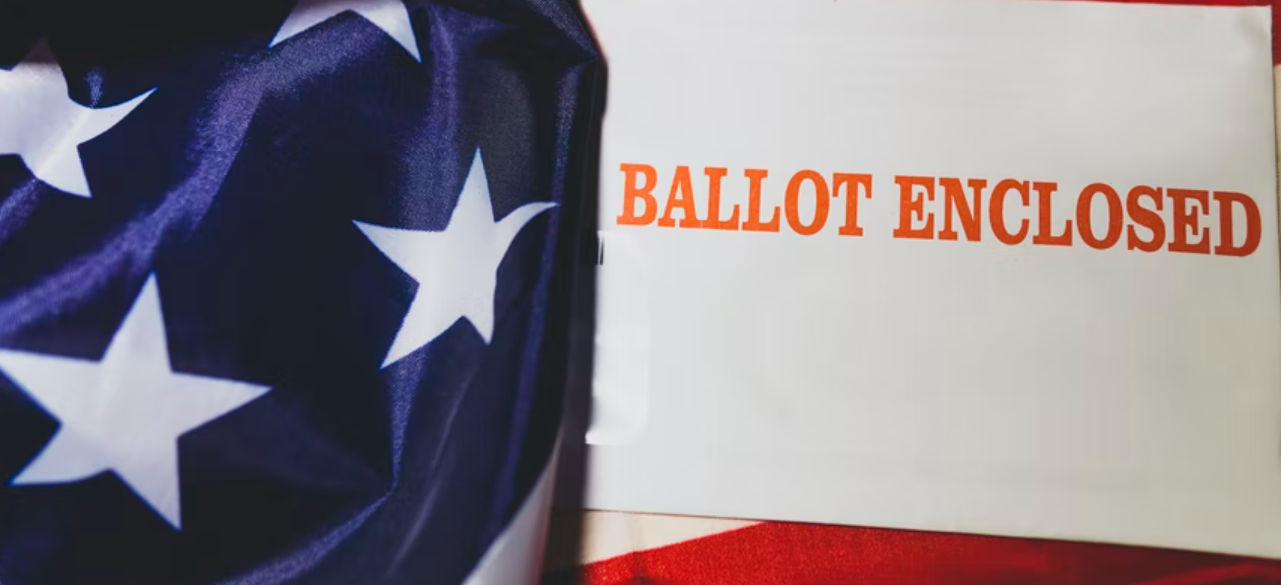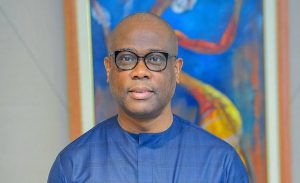Top-two primary is a variant on the primary election where all candidates, notwithstanding which party they belong to, are featured on the same ballot. The candidates who secure top-two positions then contest the mid-term elections even if they belong to the same party.
In such a scenario, although candidates can voice their opinion on which party they are aligning themselves with, the parties do not have to endorse the former. A primary which follows this system cannot be referred to as a non-partisan blanket primary, where sometimes more than two candidates can also contest the general election.
Also Read| US primaries: All you need to know about the Missouri elections
History
The top-two primary system was first used in the state of Washington in 2008. The proposal initially received some opposition since political parties were of the opinion that this hinders their right to choose their own candidates. However, the court opined that “The law never refers to the candidates as nominees of any party, nor does it treat them as such. To the contrary, the election regulations specifically provide that the primary ‘does not serve to determine the nominees of a political party but serves to winnow the number of candidates to a final list of two for the general election.” This made the top-two primary system of voting valid in Washington.
California was the next state to implement this system, with it first being utilized in the state in 2011.
Also Read| US primaries: All you need to know about Michigan elections
Alaskan voters also approved a top-four primary system in 2020 for their state legislature and executive, as well as for congressional elections.
State legislative elections in the state of Nebraska also follow a top-two primary system.
Arguments for/against the system
In support of the top-two primary system in California, John Opdycke, President of a non-profit group called Open Primaries, said, “The fact is top-two primaries are working. Every voter in California can now participate in the first round of voting and is free to choose candidates from any party”.
Editor/publisher of Ballot Access News, Richard Winger, differs from Opdycke’s opinion, commenting that such a system ensures that minority parties will hardly get to feature in the general election.







